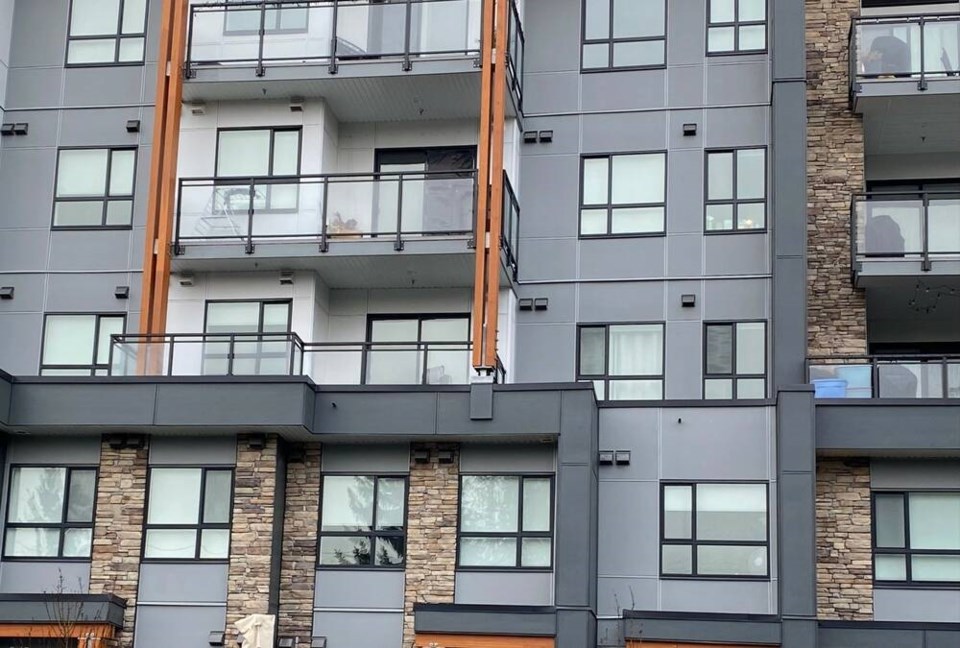Delta council recently approved a new development application procedures bylaw to streamline the city’s development and building application processes.
Aimed at accelerating the construction of homes, the new bylaw also includes several additional changes to make the bylaw clearer and reflective of current practices.
The provincial government this September gave the City of Delta a housing target of 3,607 new units, a minimum number that are to be constructed within the next five years ending Sept. 30, 2028.
Currently, Delta’s Official Community Plan (OCP) and zoning bylaw generally limits choices to single-detached homes, secondary suites, and in some cases coach homes or duplexes in areas designated and zoned for low-density residential development, which make up approximately 75 percent of Delta’s housing stock.
According to the planning department, based on updated OCP policies and designations to support housing, there is a need for further infrastructure planning and investment, including utilities and services like sanitary sewer, drinking water, transportation, parks, recreation facilities and amenities.
Part of that review includes revised development cost charges based on known development activity and infrastructure needs.
Meanwhile, according to a recent Metro Vancouver report, low-density “urban sprawl” has been more costly to build and maintain than redevelopment and intensification in established urban areas.
The report notes a study, Costs of Providing Infrastructure and Services to Different Residential Densities, was completed to support the implementation of the Metro 2050 regional plan. That study aimed to better understand the costs and revenues associated with different types of housing by exploring the associated municipal infrastructure capital and operating costs, property taxation and utility fees.
The Metro report notes that, among the study’s findings, is that higher-density forms of development are more cost-effective in urban/developed areas, where public infrastructure investments can be best utilized.
Achieving compact, complete communities does not necessarily require extremely high-density development forms. For example, moving from low-density to medium densities in urban centres and along transit corridors can provide significant improvements in infrastructure servicing cost outcomes.
The study also confirms that more compact development forms tend to reduce infrastructure costs on a per capita basis, support a more efficient use of resources and encourage more cost-effective forms of transportation.
The study recommends costs of infrastructure and utility fees should be set to better reflect actual service costs, and that applying development cost charges that vary by residential unit type/size/density, as well as sub-area geography, better reflects the actual costs of servicing demand.
It is also critical to permit and facilitate higher density and more cost-effective forms of development in urban/developed areas, including infill developments, where public infrastructure investments can be best utilized, the study adds.




